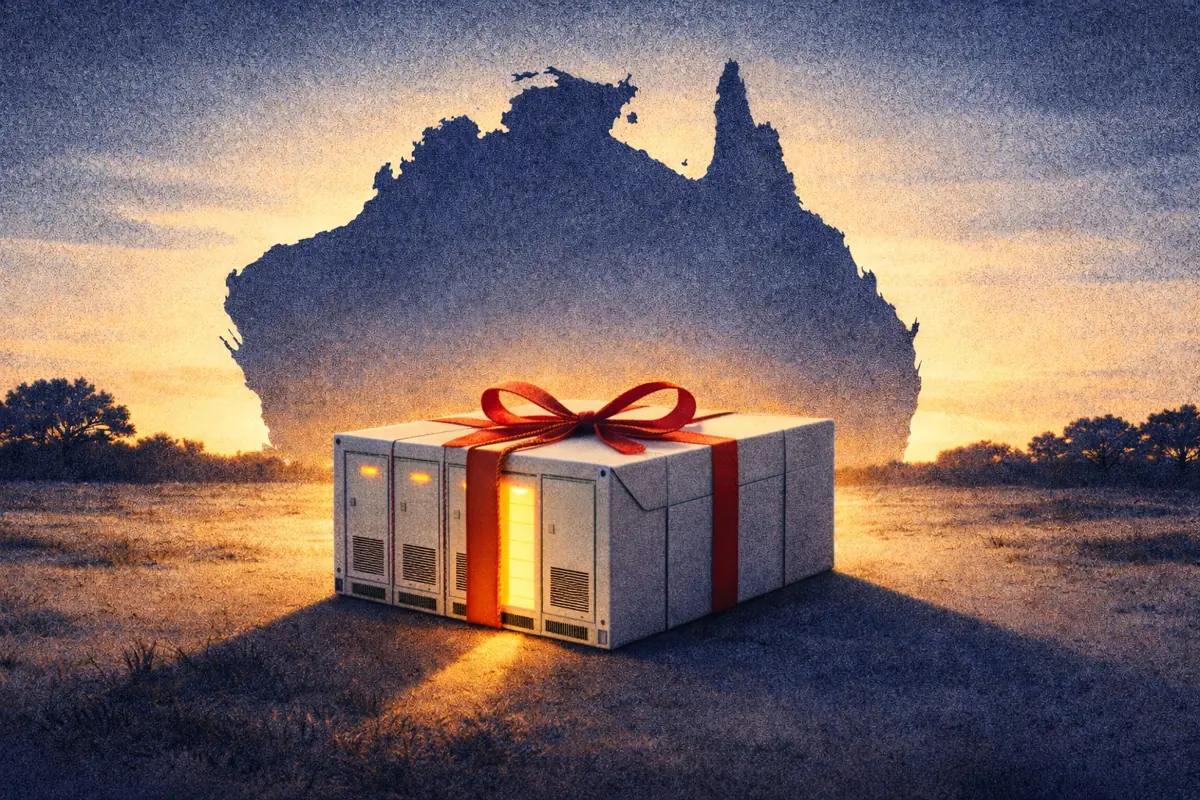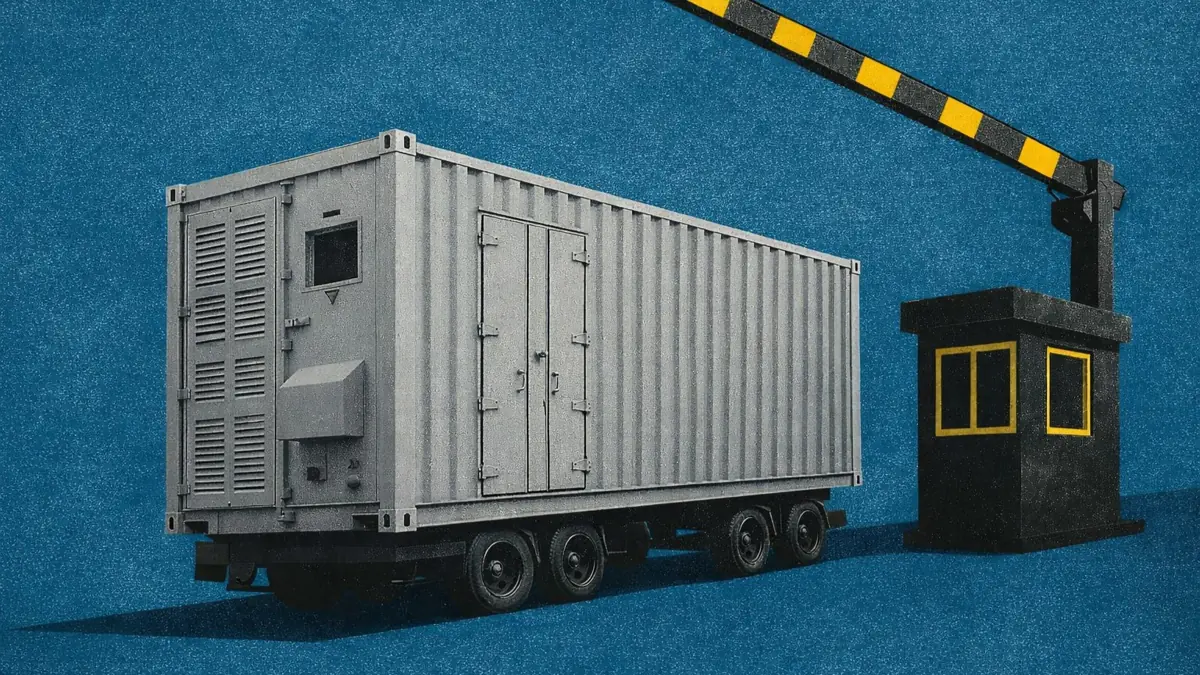NYISO: A complete guide to BESS industry growth and revenue opportunities
NYISO: A complete guide to BESS industry growth and revenue opportunities
New York has ambitious clean energy targets, and batteries are an indispensable piece of it. However, those targets present a contradiction with the current state of BESS buildout in the state. While the 2019 Climate Leadership and Community Protection Act (CLCPA) set a 3 GW target for grid-scale battery storage by 2030, only 273 MW are operational today.
So, what’s causing the lag in NY’s grid-scale battery deployment, and how might this change in light of policy changes and potential improvements in underlying market fundamentals? How should developers position themselves to maximize revenue capture amidst the incoming tailwinds in NY’s grid-scale battery landscape?
Executive Summary:
- Buildout has been slow, despite ambitious state targets: Only 273 MW of grid-scale battery capacity is operational in NYISO today, despite a target of 3 GW by the end of 2030.
- Some early movers have demonstrated belief in the market: Four developers own 95% of the projected capacity growth by 2030 - including Key Capture Energy, which also owns 16% of already operational capacity.
- Revenue stack reality: In recent years, grid-scale battery revenue opportunities in New York ISO have fallen short of estimated development cost, even for optimized revenue strategies in the most lucrative regions.
- The Index Storage Credit is a bridge to revenue certainty and feasibility: A 15-year contract that provides revenue floor while preserving developer’s exposure to market upside, structured in a Strike-minus-Reference design.
- Location is critical: NYC and Long Island offer premium revenue opportunity - despite higher development costs - as a result, most existing and planned projects cluster there.
- Thermal generation retirements and load growth create a potential reliability issue: Over 1 GW of natural gas-fired generation has retired in the last four years, and another 500 MW could come offline in 2025, while demand is projected to grow by 50-90% over the next 20 years.
- The Champlain Hudson Power Express (CHPE) helps fill the gap - but only in the summer: The CHPE project will provide critical imports from Quebec during the summer months, but is scheduled to provide no capacity in the winter, creating a structural opportunities for batteries.
If you’re not already a subscriber to Modo Energy’s US-based research, get in touch with the team here to continue reading. Additionally, if you have any questions regarding the article's contents, please contact the research team at rue@modoenergy.com or brandt@modoenergy.com.
The NYISO BESS buildout today lags behind the timeline of ambitious 3 GW targets, but is beginning to change
New York State has made bold commitments to clean energy, but battery deployment lags far behind. Of the 3 GW target for grid-scale batteries by 2030, only 273 MW is currently operational.
This supports the idea that targets alone aren’t enough. To turn goals into reality requires one or both of:
Already a subscriber?
Log in







